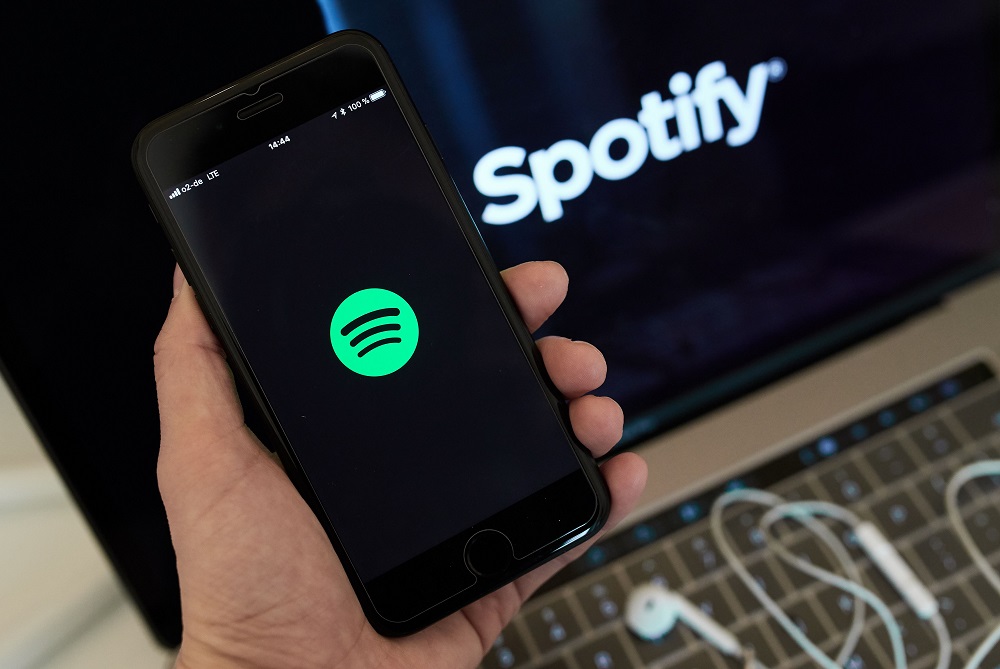Spotify Withholds Regional Data from Nielsen Music/ MRC
By Variety Staff
LOS ANGELES (Variety.com) – Spotify, the world’s largest audio streaming service, has ceased reporting market-level (i.e. regional) data for U.S. streams to Nielsen Music/ MRC Data, the company that tracks sales, streams and radio airplay for the music industry and powers Billboard’s charts.
The change will not reduce Spotify’s impact on Billboard’s charts, which monitor national activity, but it will scramble the more granular regional data that Nielsen/MRC provides to its subscribers. Losing Spotify’s regional data will make Nielsen/MRC’s a less accurate guide for radio programmers and promotion executives, as well as those who use Nielsen’s regional data as a guide to map tours (whenever artists resume touring after the coronavirus lockdown).
Sony, Universal and Warner, the three major music companies, each receive zip-code-level data on their own releases, but rely on aggregators like Alpha Data/Buzz Angle (which is owned by Variety’s parent company, Penske Media) or Nielsen/MRC for market-level activity by their competitors’ recordings. The major labels get market-level data from all streaming providers, some to as many as five zip-code digits, others to three. (Nielsen/MRC subscription rates are confidential, but major labels have been known to pay more than $1 million per year, based on market share, anticipated number of users and other factors.)
A rep for Spotify confirmed that “we have removed Designated Market Area-level information from the Nielsen Music Connect tool, although we continue to provide information to be included in all charts that Nielsen creates. We continue to include our data as part of other sections of Nielsen’s Music Connect tool, with different levels of access based on rights ownership.”
Nielsen/MRC, which Nielsen sold to Billboard’s parent company late last year, informed its customers the change Spotify’s change in emails sent last week. Reached by Variety, a rep for the company did not immediately comment.
Industry sources tell Variety that the reason for the move was the inclusion of Spotify’s regional data in the Nielsen subscription; one analyst speculates that the change could be an attempt by Spotify to begin monetizing its recently launched Spotify for Artists platform. A rep for the company had no comment when asked about that speculation.
Some industry sources speculated that the change took place because Billboard added YouTube plays to the calculation of its Billboard 200 album chart at the start of this year. Billboard has included YouTube plays in its Hot 100 singles chart since 2013, but a lack of label consensus kept YouTube on the sidelines for the albums chart when it began to fold in streaming album-equivalents from Spotify and its competitors in 2014. YouTube’s plays of official videos were folded into Billboard’s album chart with the same formula that is applied to all streaming services: 1,250 plays from paid subscribers, or 3,750 plays from free tiers, equaling one album sale.

